Our Services
NLOS Wireless Services
My focus is helping my customer’s to first: verify h/w and operations requirements. Based on that review then design a data link solution and select the best three RF Module OEM’s for their RF data link performance with the lowest cost.
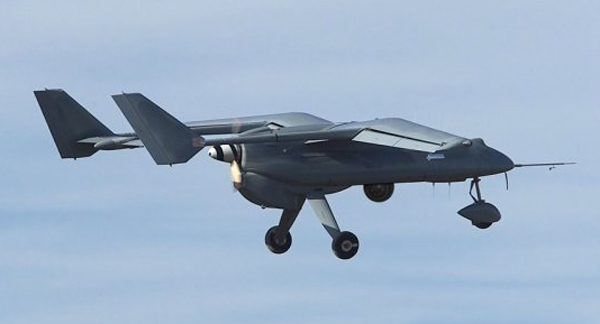
Second: I bench test any pair of RF data links in my lab to verify they meet their OEM spec. Too often they only meet full RF power output spec for some simple modulation for a low data rate. They can have significantly less RF output maybe, 50% less, for the complex modulation required to pass HD video. Then you don’t get the RF range you expect!
Third: I can come on-site and integrate your data link on your platform (please see below why this can be an issue).
Fourth: I can train your staff on the science of data link system design and RF test equipment operation procedures and test configurations. Then your staff can design an RF data link for a specific margin and integrate and debug RF systems on your platform (in the lab) and resolve future internal or external RF issues. This CAN NOT be done by flight testing.
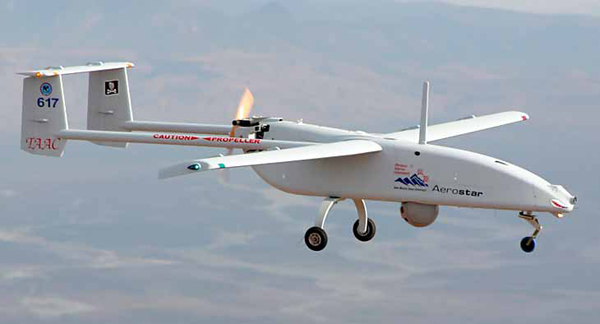
I help my customer create a detailed RF Data Link specification complete with block diagram. I send you my several page questionnaire then we review by telephone to be sure I understand all of your hardware and operations requirements. This becomes the basis for a written description and block diagram that I send with the final docs for the system design. I include an Excel spread sheets on the UAV to GCS link and down link on each RF band. Then an Excel spread sheet plot of the Fresnel zone clearance over the curve of the Earth. That followed by an Excel spread sheets on dish gain, beam width and wind resistance. This total package makes a compelling document for financial supporters and customers.
We use the final link design to ID and down select quotes from several major data link suppliers. I charge $110 per hour with a 6 hour minimum for this service for a simple system. If you have additional requirements for field portable video downlinks or field terminal to hand-off to down range Pilot that will take additional hours.
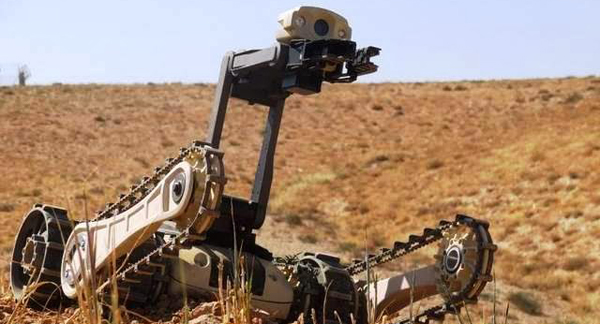
There are some SD and HD video and data links that are in the $1-4K price for both ends…with TTL/RS232/RS-485 and IP a few with data rates up to 12 Mbps. The best links with high data rates of 54 Mbps or more and with MESH networking are in the $8K-$12K range for a pair. I work with the major bi-amp RF OEM’s and antenna tracking OEM’s to give you long range out to 300 km or more without need for expensive Satcom. I know the latest video technology and the top suppliers of encoders/decoders.
Concerning RF test equipment I train on the RF TE front panel operations and procedures to help my customer’s with electro mechanical, electronics and programming skills to move up to the level of an RF Microwave technician able to test and trouble shoot complex software defined radio (SDR) data links including video compression and antenna tracking issues. I can also help you with ADS-B, Iridium and Satcom links.
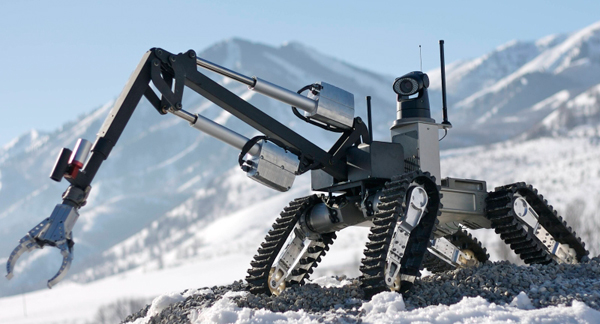
Many UAV/UGV OEM’s find they need to QC and trouble shoot their COFDM/TDMA link modules when installed on their platform. They may have fully functional RF modules from an RF link OEM but when installed on their platform they don’t perform as expected. Often this is caused by RF interference to or from other digital sub systems on their platform severely limiting the range and data (video) quality. They find they don’t have the capability to trouble shoot complex RF Microwave TX/RX modules. They cannot test RF cables and antenna performance on the platform that fail with normal wear and tear.
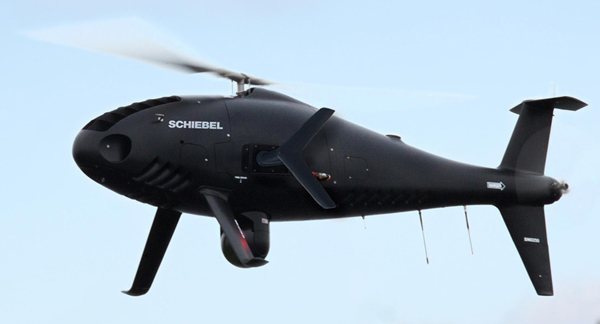
The combined RFI problems and wear can cause flight operations (failed demos) causing lost sales and expensive field engineering RnD trials. Then delays in releasing new product to market. All of the above can be resolved in your lab! Save the long flight test for the final verification. RF link RnD is done 100% on the bench with the correct test equipment and RF procedures to resolve ALL the RF problems including range testing.
I assume the frequency range for all your RF links are from 300 Mhz up to 6 Ghz unless you call out a higher or lower limit. I can help you for RF frequency selection. There are license free and a few FCC licensed bands to choose from. I am familiar with key rules and frequencies in the UK and EU.
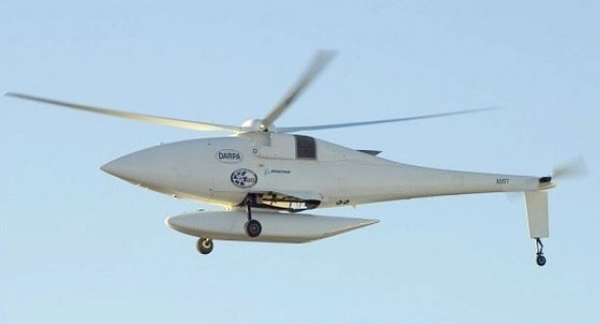
The 3 day RF Data Link Course is $3K plus travel, lodging and meal expenses. I assume you have two students, $500 for each additional student. I usually fly SouthWest or Aeroflot Airlines and stay at a hotel for around $120/day. I am based near Ontario Airport in East Los Angeles County, California, USA. You will need a pair of working data links for the training class and have all of your own the RF test equipment on site prior to the class. I will bring my own suite of TE that is identical to the list I send you. Better if we use the TE you own for the front panel operations and software to save screens and reset the front panels.
In addition to RF training, I provide your programmers with hardware and software routines to QC your UAV/UGV just prior to launch. Another popular function, I provide software support for BIT (built-in-test) to verify In-flight RF Interference on the UAV from the ground station.
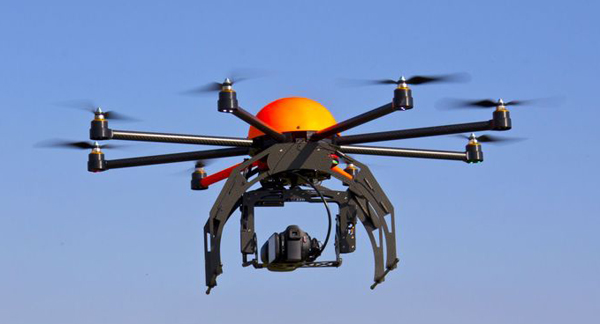
I can supply this training course for your customers who have multiple of your UAV, UGV products and reduce their dependence on your factory support. Then they and you can find RF Data Link wear/tear failures and RFI on their platform, in country, for a quick turnaround. This is a “big advantage” for your customers outside of the USA. Trying to fix RF problems by phone is impossible without RF test equipment and staff who know the correct procedures! You don’t want to send your best staff on long trips often at your expense to resolve RF problems.
See the list below of what is covered in the RF Data Link Course. This assume you have basic RF test equipment to do hand’s-on testing of your data link as part of the 3 day course. I can send you a list of low cost test equipment that is 1/3 the cost of a typical RF bench…and this is 100% field portable. The total TE RF equipment cost is very close to $9K with the Spectrum Analyzer as the major cost item ($3.8K) of the total amount. You must have the TE before start of the class I do not rent or resell test equipment.
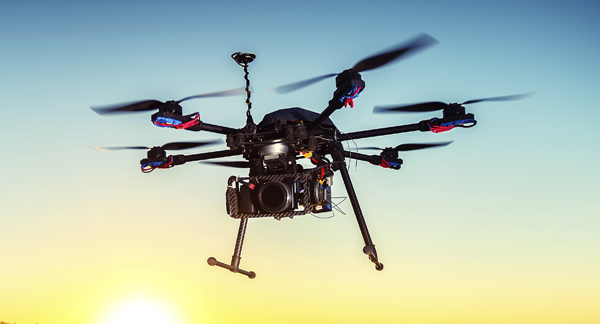
The TE equipment suite I suggest includes; directional RF couplers, calibrated power attenuators, precision step attenuator, 50 ohm terminators, Pulse/RMS RF power meter, real-time spectrum analyzer with counter, RF signal generator and directional broad band antennas and cables, total just under $9K. You will need a PC with i5 or better processor for USB-3 control of the TE and as a platform to store and recall display data and TE configurations.
At the end the three day course your your staff will:
- Understand key RF measurement science: db’s, db/Hz, NF, s/n, RSSI, desense, complex digital modulation, RF peak/average power, SWR (antenna test), RFI, desense measurements and much more.
- Hands-on front panel training on Real Time Spectrum Analyzer, Peak/Average Power Meter, Signal Generator, Directional Couplers, programmable step attenuators and several RF test equipment configurations to verify key parameters including internal and external RFI.
- Able to verify TX key performance parameters (equal to OEM final bench test):
- Power level within 0.22 dbm (5%)
- OBW (BW Mode) in Mhz within 3%
- Center frequency within 3 ppm
- Able to verify RX key performance parameters:
- RX threshold within 0.5 db (12%)
- RX Center frequency within 3 ppm
- OBW (BW Mode) setup correctly
- TX/RX system level:
- Verify video encoder/decoder setup using correct encoding method
- Verify video RF/Video recovery delay at threshold (lost signal)
- Verify RFI interference from RD data link TX to other systems on UAV/UGV
- Plot S/N versus RF input level for the last 20 db (90% of total range).
- Measure +/- 0.5 db desense of the receiver due to local RFI ON or OFF the platform
- Trouble shoot on your platform:
- TX/RX intermittent RF cable/antenna problems
- Verify link frequencies are clear of external RF interference if not what is the calculated range limit (do I fly today or not)
- Trouble shoot intermittent RFI desense problems (real time TE configurations)
- Trouble shoot data encryption issues
- Learn how to calculate system range using your selected system components.
- Review of common RF antenna types pros/cons.
- Setup your own UAV antenna test range using inexpensive PVC and the same list of RF TE.
- Learn about SWaP system trade-offs, RF PA on the platform versus higher gain on the ground and field hand-off issues to other users down range and related tracking issues.
- Learn how to use Fresnel Zone charts for Line-of-Site operations planning.
- Understand trade-off of link modulation type(s) versus s/n, range, data rate and video image quality.
- Use on-line range calc tools by vendors and my Excel sheets for Friis free space formula.
- Review considerations for rain water and foliage causing signal loss (low range).
- Considerations for heat sink thermal issues in flight and during preflight.
- Programmers create Built-in-Test (BIT) to verify UAG/UGV has max range just prior to take-off.
- Programmers create BIT to verify you are not being jammed during flight operations and if jammed what margin or flight range is possible.
